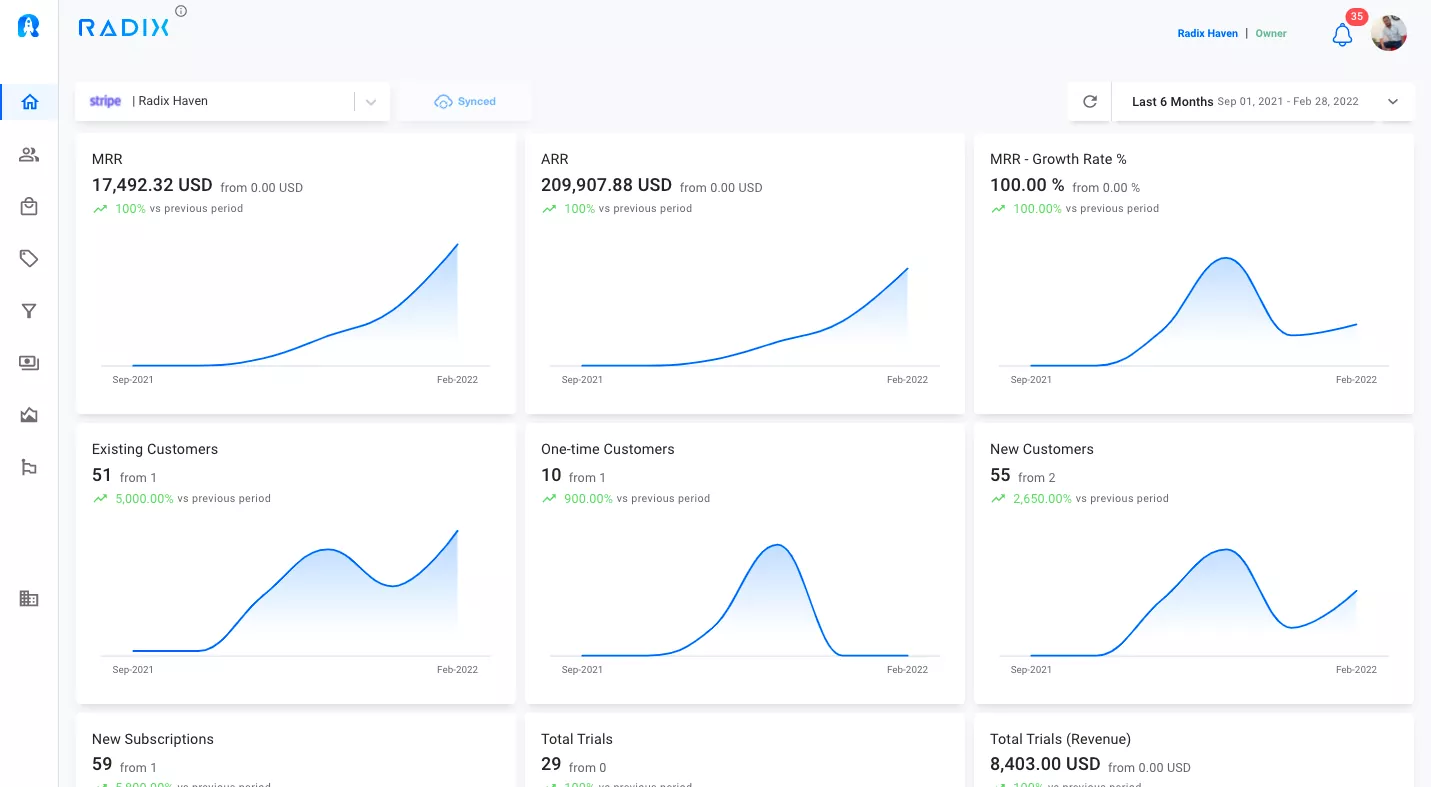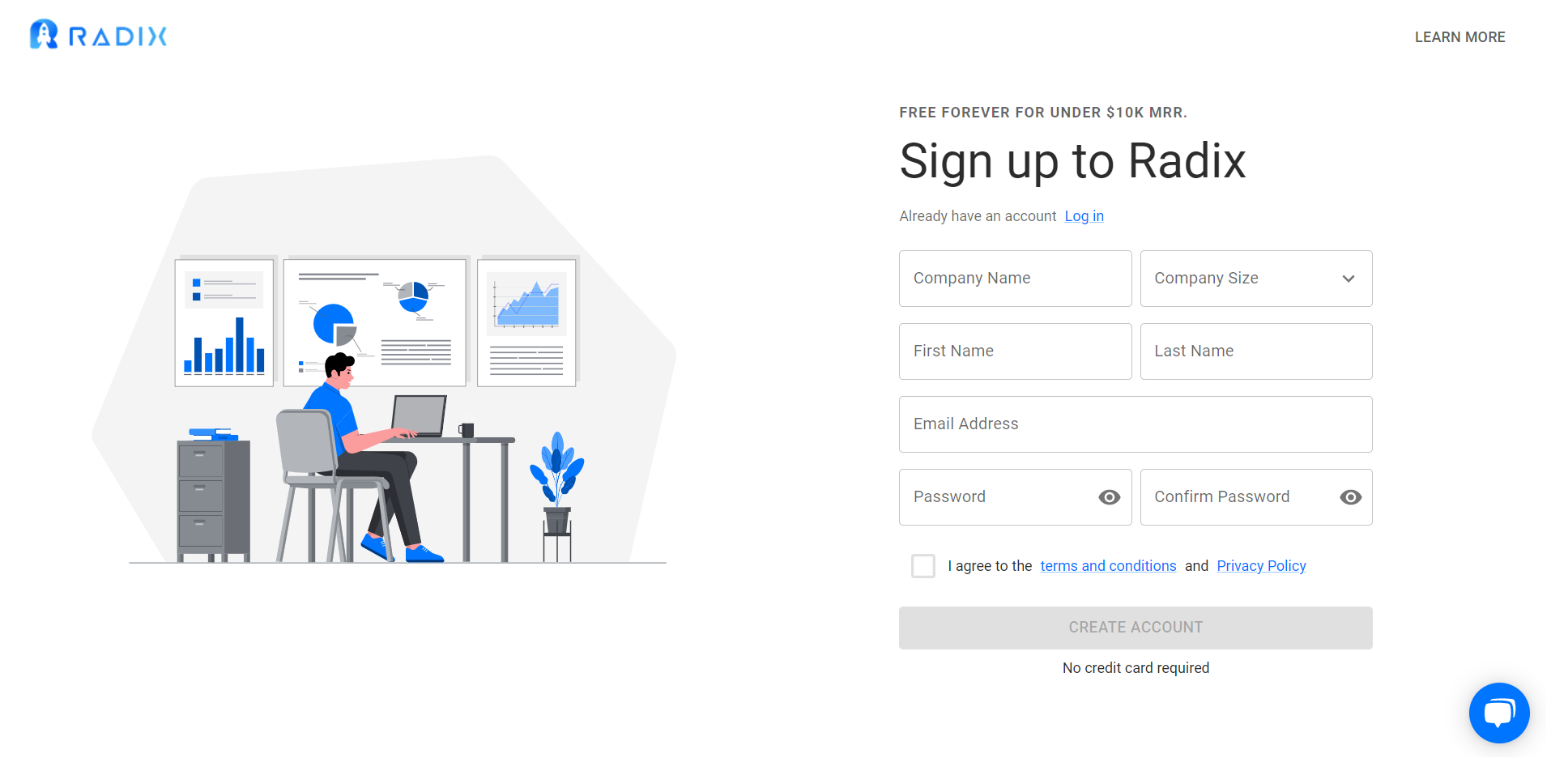The recent economic downturn has impacted businesses of all sizes and industries, creating challenges and uncertainties that many companies are still grappling with. As a CFO, it’s your responsibility to steer your company through these rough waters and ensure its long-term success.
To achieve this goal, you must keep a close eye on key recession metrics that will determine your company’s health and viability.
In this blog, we will discuss the 5 critical recession metrics that every CFO must monitor to win the recession. From Committed Monthly Recurring Revenue (CMRR) to Customer Lifetime Value (CLTV), we will delve into the details of these metrics and explore how they can help you make informed decisions that will ensure the success of your company. With a better understanding of these metrics, you can navigate the storm of the recession with confidence and emerge stronger and more resilient.
1) Committed Monthly Recurring Revenue (CMRR)
Committed Monthly Recurring Revenue (CMRR) is the foundation of any recurring revenue business model and a critical metric to track during a recession. CMRR measures the recurring revenue that a company can expect to receive in the future, based on its current customer commitments. This metric provides valuable insights into the company’s revenue stream, helping CFOs make informed decisions about future investments, staffing, and other expenditures.
2) Cash Flow
Cash flow is a critical metric to monitor during a recession, and one that CFOs must pay close attention to. It’s essential to keep track of cash inflows and outflows regularly, ensuring that the company has sufficient funds to meet its obligations. CFOs should consider cutting unnecessary expenses and finding new sources of revenue to improve cash flow.
3) Customer Acquisition Cost (CAC) Payback Period
Customer Acquisition Cost (CAC) Payback Period is another metric that CFOs must keep in mind. This metric measures the time it takes for a company to earn back the money it spent on acquiring a new customer. A low CAC payback period indicates that the company is efficiently acquiring new customers and that its marketing efforts are paying off. CFOs should focus on reducing CAC and improving the payback period to increase their company’s profitability.
4) Customer Lifetime Value (CLTV)
Customer Lifetime Value (CLTV) is a metric that measures the total value a customer will bring to a company over the entire course of their relationship. This metric is crucial during a recession, as it helps CFOs understand the value of their customer base and determine the best investment strategies to retain and acquire new customers. By focusing on improving CLTV, CFOs can ensure the long-term health and success of their companies.
5) Churn and Renewal
Finally, these are two critical metrics that CFOs must keep in mind during a recession. Churn measures the rate at which customers are leaving the company, while Renewal measures the rate at which customers are renewing their contracts. By keeping a close eye on these metrics, CFOs can identify any trends or patterns in customer behavior and take action to retain and acquire new customers.

Conclusion
In conclusion, the ongoing recession has created unprecedented challenges for businesses of all sizes, and it’s essential for CFOs to keep a close eye on key metrics to ensure their company’s success. By monitoring these metrics you can make informed decisions that will drive growth, increase profitability, and ensure their company’s long-term success.
We understand that keeping track of these metrics can be a daunting task, which is why we are proud to offer Radix, a powerful and easy-to-use platform that can help you track and monitor these 5 metrics for free. With Radix, you can have peace of mind knowing that your company’s vital metrics are under control and accessible anytime, anywhere. So why wait?
Start tracking your company’s success today with Radix.






